Optimal Timing for Block Wall Repairs

Spring offers moderate temperatures ideal for repairs, reducing the risk of cracking due to temperature fluctuations.
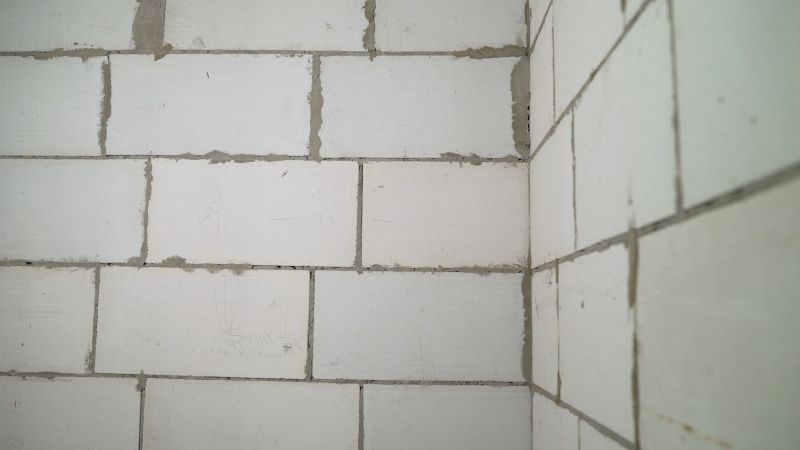
These seasons provide stable weather conditions, minimizing disruptions caused by rain or extreme heat.
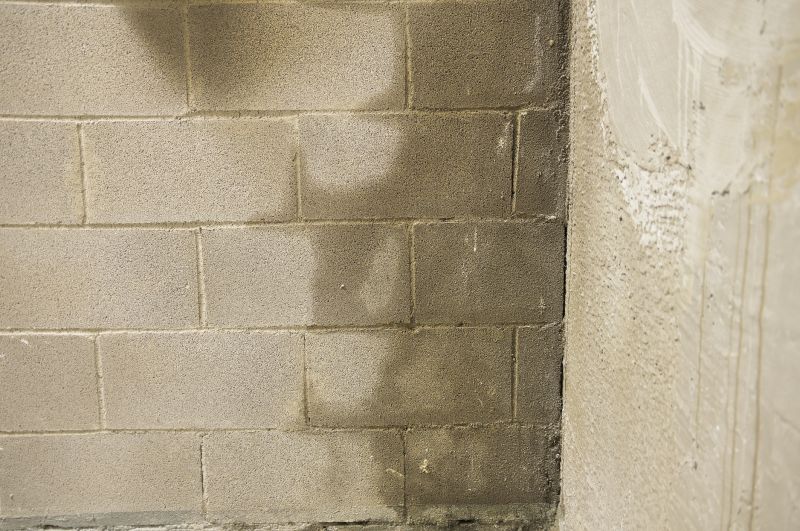
Cold weather can cause materials to freeze, while high summer temperatures may lead to rapid drying and cracking.
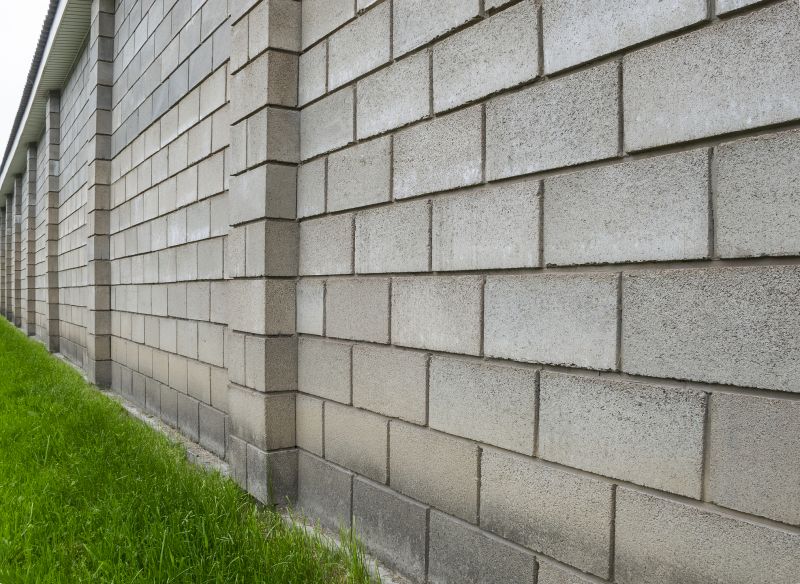
Ways to make Block Wall Repairs work in tight or awkward layouts.
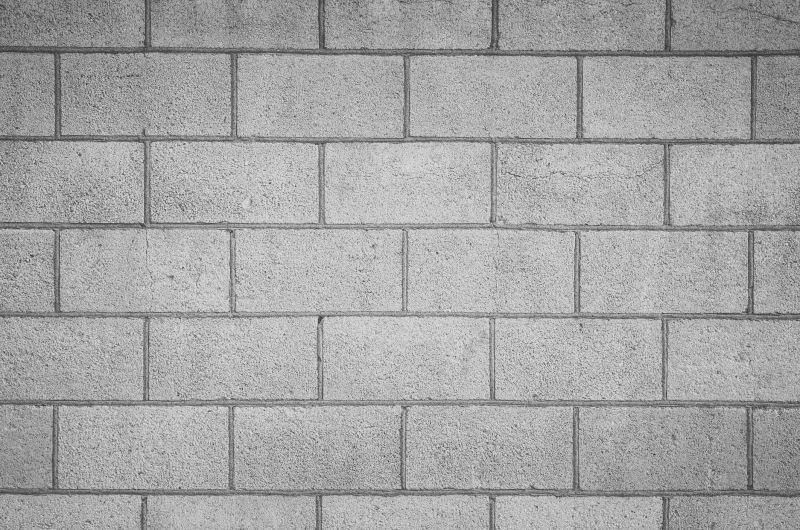
Popular materials for Block Wall Repairs and why they hold up over time.
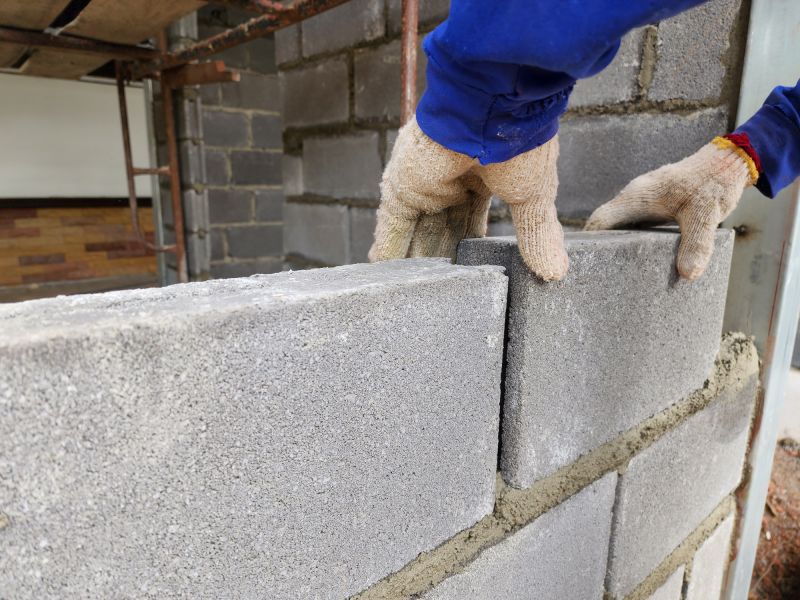
Simple add-ons that improve Block Wall Repairs without blowing the budget.
Block wall repairs are essential for maintaining structural integrity and appearance. Proper timing ensures the longevity of repairs and reduces the likelihood of future issues. Weather conditions significantly impact the success of repair projects, making seasonality an important consideration.
Statistics indicate that repairs conducted during moderate weather conditions tend to have higher success rates, with fewer delays and complications. For example, repair projects in spring and fall often experience 30% fewer weather-related issues compared to winter or summer repairs.
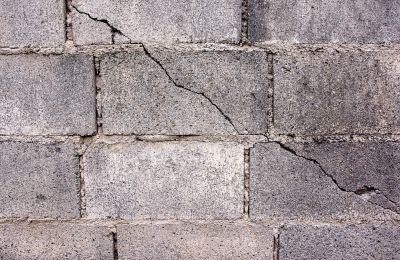
Preparing for repairs during spring involves assessing damage and scheduling optimal weather windows.
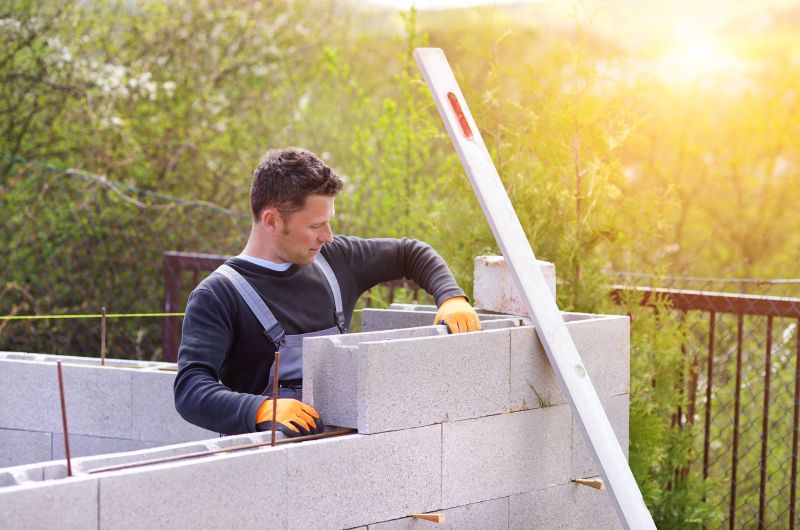
High temperatures require timing repairs during cooler parts of the day to prevent material issues.
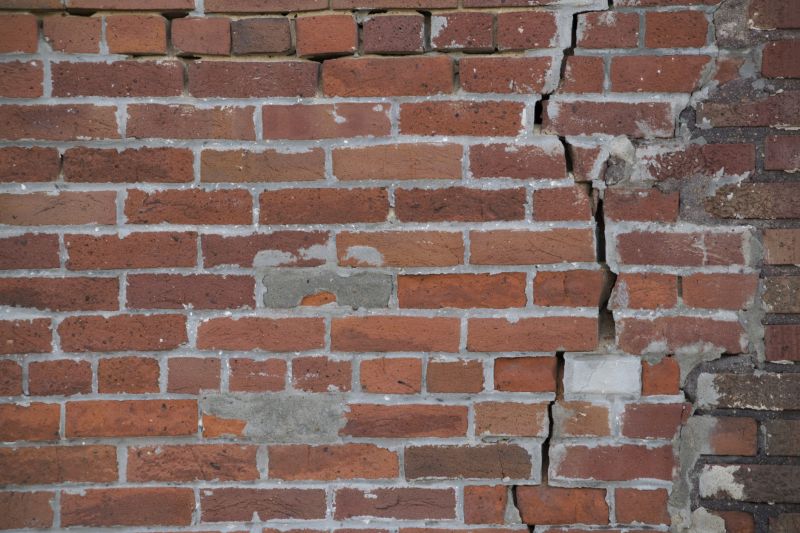
Fall provides a good opportunity for repairs before winter sets in, ensuring stability.

Cold temperatures can hinder repair work, causing delays and material failures.
| Season | Ideal Conditions |
|---|---|
| Spring | Moderate temperatures, low precipitation |
| Summer | Cooler mornings or late afternoons |
| Fall | Stable weather, mild temperatures |
| Winter | Cold, freezing temperatures |
High-end options that actually feel worth it for Block Wall Repairs.
Finishes and colors that play nicely with Block Wall Repairs.
Little measurements that prevent headaches on Block Wall Repairs day.



